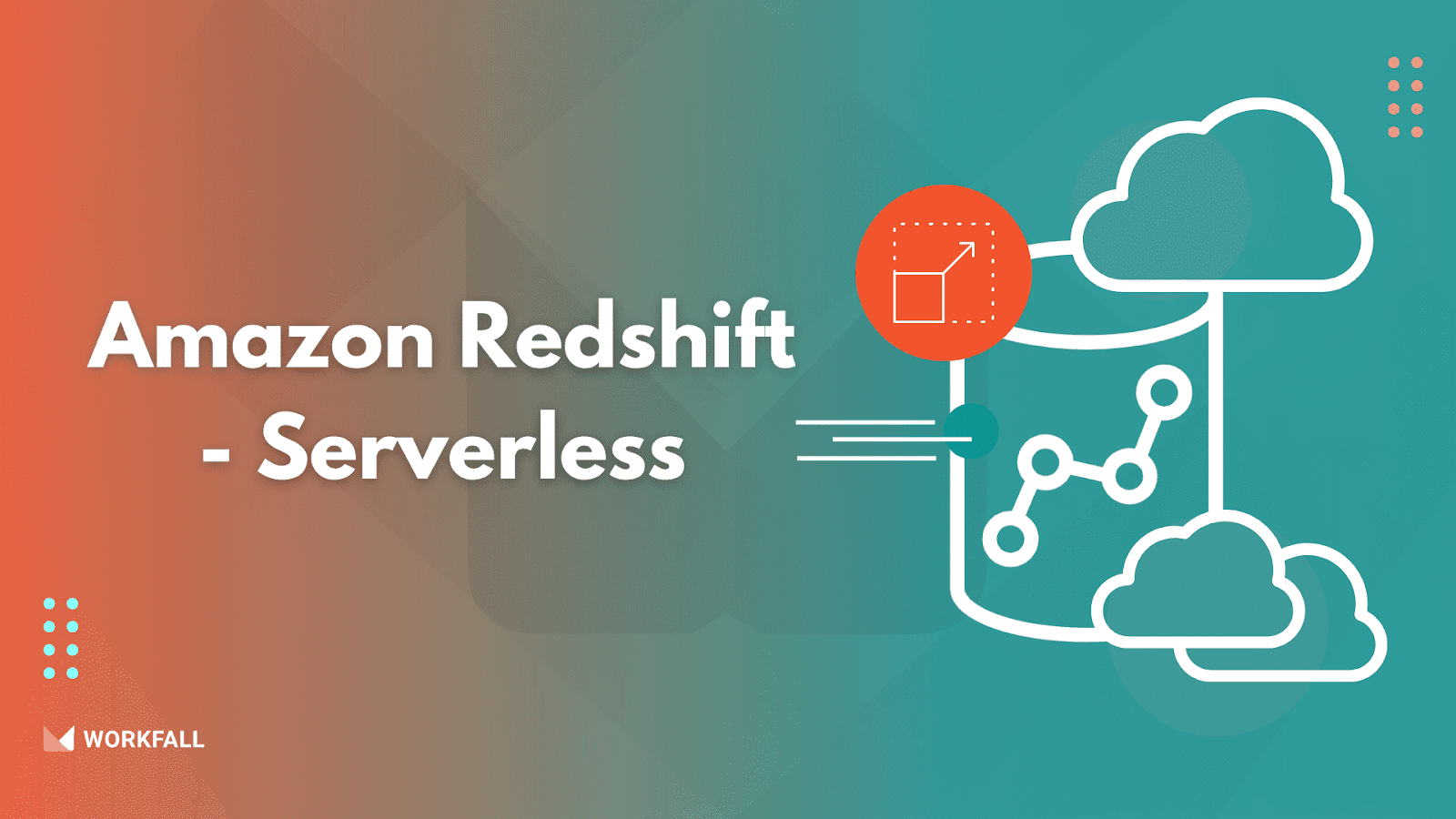Amazon Redshift Serverless
 Srikanth Vaddeneni
Srikanth VaddeneniIntroduction:

In the fast-paced world of data analytics, businesses are constantly seeking efficient and cost-effective solutions to handle their data workloads. Amazon Redshift Serverless emerges as a game-changer, offering a scalable and flexible data warehouse solution without the need for manual capacity management.
In this blog post, we'll explore the key features, benefits, and use cases of Amazon Redshift Serverless
What is Amazon Redshift?
✔ Amazon Redshift uses SQL to analyze structured and semi-structured data across data warehouses, operational databases, and data lakes, using AWS-designed hardware and machine learning to deliver the best price-performance at any scale.
✔ Breakthrough data silos and gain real-time and predictive insights on all your data in a few clicks, with no data movement or data transformation.
✔ Gain up to 3x better price performance than any other cloud data warehouse, with performance innovation out of the box at no additional cost to you.
✔ Get data to insights in seconds without worrying about infrastructure management, with a secure and reliable analytics service.
Understanding Amazon Redshift Serverless
Overview
Amazon Redshift Serverless is a fully managed, serverless data warehouse service designed to simplify data management and analysis. It allows users to focus on querying and analyzing data without the hassle of provisioning and managing infrastructure.
Key Features:
1. Auto-Scaling
Imagine you run an e-commerce platform. During holiday seasons, there's a surge in traffic, and subsequently, data queries. Amazon Redshift Serverless automatically scales up resources to handle the increased workload, ensuring your analytics remain fast and responsive.
2. Pay-Per-Query Pricing
Consider a scenario where a marketing team needs to analyze customer behaviour for a specific campaign. With pay-per-query pricing, you only pay for the queries executed, making it cost-effective for one-off analyses without worrying about idle resources.
3. Compatibility
Let's say your organization is already using Amazon Redshift. Migrating to Amazon Redshift Serverless is a seamless process, preserving compatibility with existing data warehouses.
Benefits of Amazon Redshift Serverless:
1. Cost Savings
For a startup with fluctuating workloads, Amazon Redshift Serverless ensures you only pay for what you use, making it a cost-efficient solution compared to traditional data warehousing models.
2. Scalability
Consider a financial institution processing end-of-month transactions. The auto-scaling feature ensures that computational resources expand to handle the increased workload during peak times, optimizing performance.
3. Simplicity
Small businesses with limited IT resources can benefit from the simplicity of Amazon Redshift Serverless. Focus on data analysis rather than infrastructure management, streamlining operations.
Use Cases
1. Ad Hoc Analysis
Let's say your marketing team wants to analyze the success of a flash sale. With Amazon Redshift Serverless, they can run ad hoc queries to gain real-time insights without worrying about ongoing infrastructure costs.
2. Development and Testing
Consider a software development team testing a new feature that requires extensive data analysis. Amazon Redshift Serverless allows them to scale resources as needed during development and testing without manual intervention.
3. Batch Processing
For a retail business processing a large batch of daily sales data, Amazon Redshift Serverless ensures optimal resource allocation during peak processing times, improving efficiency.
Getting Started with Amazon Redshift Serverless
To get started:
Create a Serverless Cluster: Use the AWS Management Console to create a new serverless cluster or modify an existing one to enable serverless mode.
Data Migration: Migrate your existing data or load new data into the serverless cluster.
Querying Data: Use your preferred analytics tools or the Amazon Redshift Query Editor to start querying your data.
Conclusion
Amazon Redshift Serverless is a revolutionary solution that brings scalability, flexibility, and cost-effectiveness to data warehousing. By adopting this serverless approach, businesses can unlock the full potential of their data without the complexities of managing infrastructure. Whether you're a small startup or a large enterprise, Amazon Redshift Serverless is poised to redefine how you handle your data analytics workloads.
Stay tuned for more insights and tips on AWS
Subscribe to my newsletter
Read articles from Srikanth Vaddeneni directly inside your inbox. Subscribe to the newsletter, and don't miss out.
Written by

Srikanth Vaddeneni
Srikanth Vaddeneni
Proficient in a variety of DevOps technologies, including AWS, Linux, Python, Shell Scripting, Docker, Terraform, and Computer Networking. I have a strong ability to troubleshoot issues.